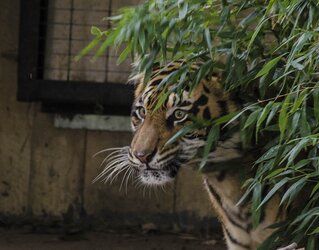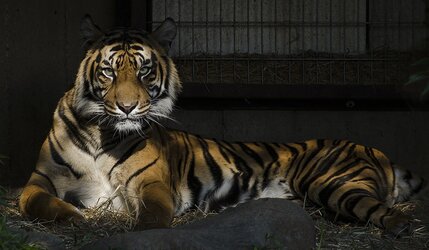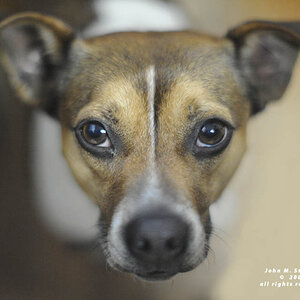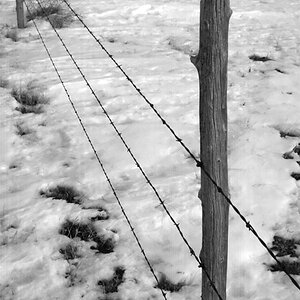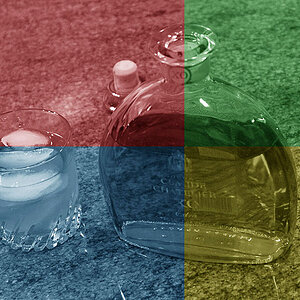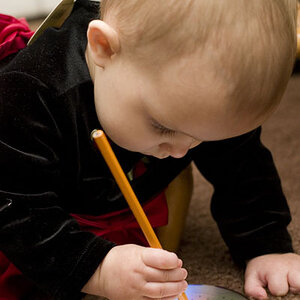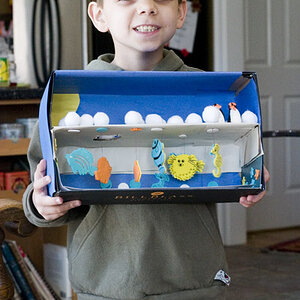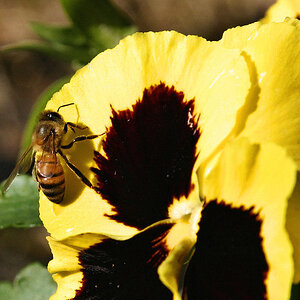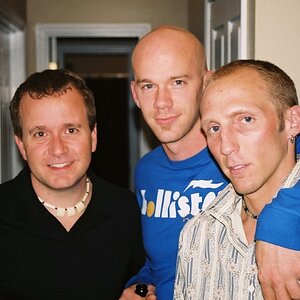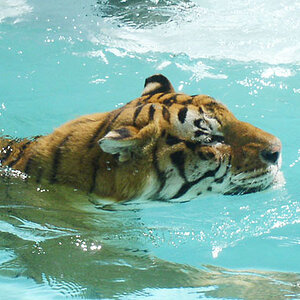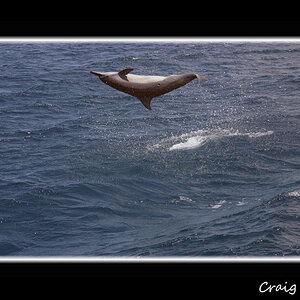markj
TPF Noob!
- Joined
- Nov 25, 2011
- Messages
- 236
- Reaction score
- 16
- Location
- Lakewood Ranch, FL
- Can others edit my Photos
- Photos OK to edit
I'm going to the Nat'l Zoo tomorrow. I'll be bringing my nikkor 80-200mm lens along with my Kenko 2X teleconverter. Considering the fact that I will loose 2 stops of aperture when
I use them in conjunction, is it a simple case of boosting my EC setting to +2.0?
I use them in conjunction, is it a simple case of boosting my EC setting to +2.0?
Last edited:


